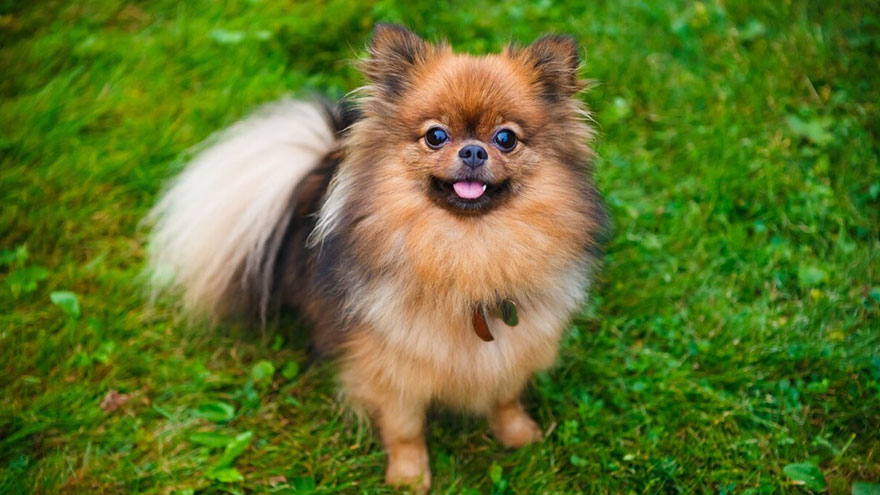Pomeranian Training Guide
When considering the subject of training a Pomeranian, there are a few items to think about before getting into specifics such as house training, sitting, doing tricks etc.
New owners of Pomeranians will find that their pet is very energetic and very intelligent. This can present some challenges that are unique to toy dogs and other smaller dogs.
How to Train Pomeranian
The Pomeranian needs to move around a lot, though the space it needs is small because of its size. Excessive barking when strangers appear at the door can be a problem as well. These two basic instincts of the Pomeranian may make it difficult as a pet when there are very young children or elderly people in the house.
Many people do not feel comfortable with such a lively and vocal little dog. In fact, too much attention from children can make the Pomeranian nervous and even cause the dog to snap at someone.
It may be best to have a long talk with your breeder and with experienced Pomeranian owners about some of the basic training methods they use. A little good advice from the start might help make the relationship go a lot smoother.
As for house training, housebreaking or potty training – whatever you want to call it- there are several methods and most of them seem to work. Of course, the method depends on the dog and the human who is guiding the process. House training a small dog can be a challenge and the Pomeranian is no different. The key is to start early and keep the schedule consistent and organized.

The Pomeranian is a naturally clean dog by nature and, as is the case with all dogs, the Pomeranian is a creature of habit. This extends to house training as well. Because of this, many people have found success with crate training. This provides the dog with a safe place to go when it needs to be alone. The crate also gives the dog a “den” that it will naturally want to keep clean.
The crate should not become a prison for the dog however. The crate must be more than big enough for the dog to move around. You should also spend time around the “den” area, playing with the dog or just being in the area. This helps make the crate more of a comfortable home for the pet. If the crate is just another part of everyday life for your dog, things should go much more smoothly.
It would be best to introduce the dog to the crate right away, then put it in the crate for just a couple of minutes at a time. Praise the puppy after taking him out of the crate, to reinforce good behavior. This will help the young dog become comfortable with the new “home.” Another key to house training is to coordinate feeding with toilet training. Again, dogs are creatures of habit, so you should adjust feeding and housetraining accordingly.
The Pomeranian will probably not respond very well to verbal abuse and a loud voice as negative reinforcement. You should be firm and consistent without punishing the puppy. The Pomeranian is very intelligent and will be happy to please you, so being praised for doing the right thing will work better.
Try to establish a definite toilet area, either outside in the same place or on papers that are always in the same place. This reinforces the habit for the puppy and will stick in the memory much better than having two or more places that are not off limits.
Remember that puppies may have to relieve themselves 8 or 10 times each day. Work with them to use the toilet area in the morning and at night, as well as after feeding and after a time of play. Consistency is the key in house training.
Using a crate and being patient should take you down the road to a comfortable relationship with your new pet.
Read More About Pomeranian
- Pomeranian Breed Information
- Pomeranian : 10 Most Common Questions
- Pomeranian Health Guide
- Owning a Pomeranian : Breeder Recommendations

